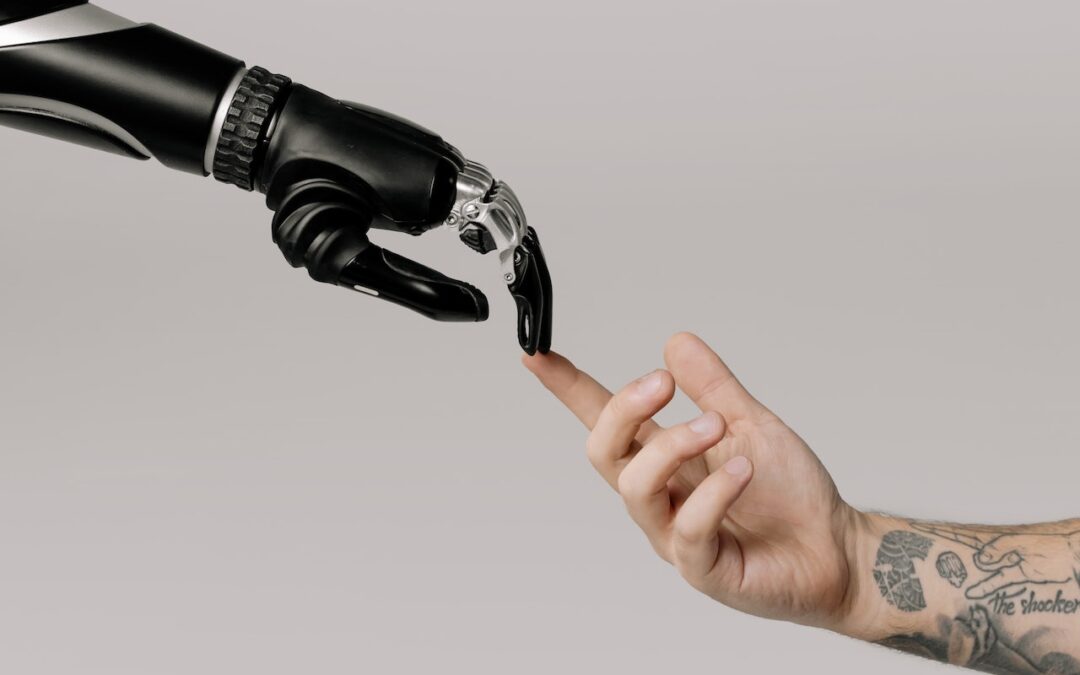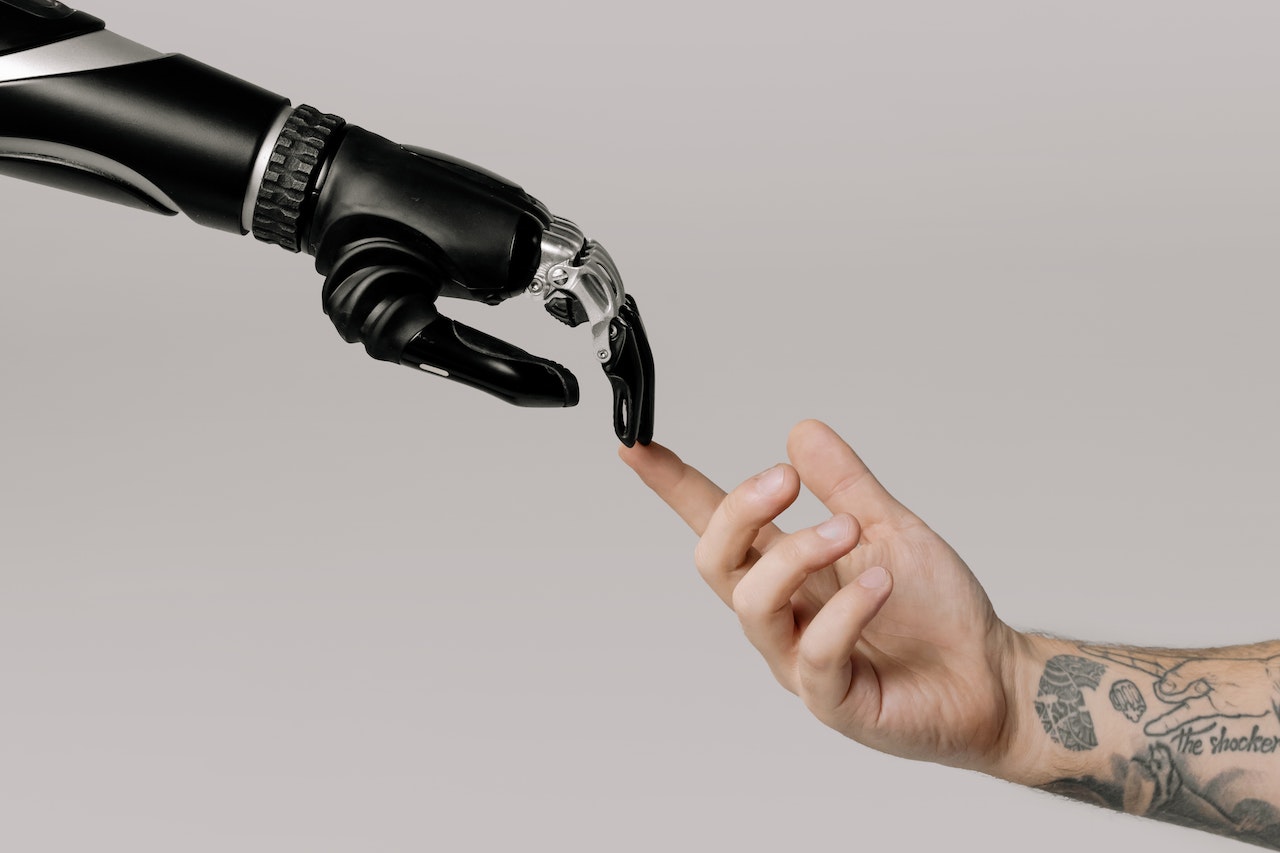
Unraveling the Blockchain Revolution: A Deep Dive into Its Promising Future
Unraveling the Blockchain Revolution: A Deep Dive into Its Promising Future
The blockchain revolution is upon us. Its disruptive potential has captured the attention of technology enthusiasts, entrepreneurs, and investors alike.
In a recent episode of the Tech Leaders Unplugged podcast, we explored the the transformative power of blockchain technology by delving into various aspects of blockchain, its applications, and its future.
In this blog, we will summarize the key takeaways from the conversation and explore the potential implications for the tech industry and beyond.
Understanding Blockchain — A Primer
Blockchain technology, at its core, is a decentralized digital ledger that records transactions across a network of computers. This unique setup ensures that every transaction is secure, transparent, and tamper-proof.
“Blockchain allows data to be stored in a distributed and secure way, and it enables trustless transactions between parties who don’t know each other.”
The key innovation here is that the blockchain eliminates the need for a central authority to maintain and verify records. It brings about decentralization, which has far-reaching implications for industries that have traditionally relied on centralized systems.
The Many Applications of Blockchain Technology
Blockchain technology has the potential to revolutionize various industries, from finance to supply chain management, some of which include:
Cryptocurrencies: Cryptocurrencies like Bitcoin and Ethereum are built on blockchain technology. They enable peer-to-peer transactions without the need for a central authority, offering lower transaction fees and increased security.
Smart Contracts: Smart contracts are self-executing contracts with the terms of the agreement directly written into code. They automatically execute when predetermined conditions are met, reducing the need for intermediaries, and increasing efficiency.
Supply Chain Management: Blockchain can improve transparency and traceability in supply chains by securely recording every step of the process, from raw material sourcing to finished product delivery.
Decentralized Finance (DeFi): DeFi platforms leverage blockchain technology to provide financial services without traditional intermediaries like banks, offering more accessible and cost-effective solutions for users.
Voting Systems: Blockchain can make voting systems more secure and transparent, reducing the potential for fraud and making it easier to audit election results.
Revolutionizing Personal Data with NFTs
Non-fungible tokens (NFTs), another application of blockchain technology, have recently gained significant attention for their use in the art and collectibles space.
However, their potential extends far beyond digital art, with the capability to reshape how we handle Personally Identifiable Information (PII), Health Insurance Portability and Accountability Act (HIPAA) data, and credit card fraud.
NFTs are unique digital assets that cannot be replicated or replaced, and their ownership can be securely transferred and verified using blockchain technology. This unique feature makes NFTs a potential game-changer in the realm of personal data management and security.
PII Data: By tokenizing PII data as NFTs, individuals can have greater control over their personal information. When PII is stored as an NFT, users can selectively grant and revoke access to their data, ensuring that their privacy is maintained, and unauthorized access is prevented. Moreover, the decentralized nature of blockchain ensures that PII data is not stored in a single, vulnerable location, reducing the risks associated with data breaches.
HIPAA Data: The secure and transparent nature of blockchain technology can revolutionize the handling of sensitive medical information. NFTs can be used to represent a patient’s medical history, allowing for secure and efficient sharing of data among authorized healthcare providers. This approach not only streamlines patient care but also ensures that medical data remains secure and private, complying with HIPAA regulations.
Reducing Credit Card Fraud: NFTs can play a pivotal role in mitigating credit card fraud by tokenizing sensitive card information. By representing credit card data as unique NFTs, users can securely share their payment information with trusted parties without revealing the actual card details. Blockchain technology ensures that transactions are transparent and tamper-proof, making it difficult for fraudsters to intercept or manipulate the information.
As the use of NFTs in personal data management becomes more prevalent, we can expect a significant shift in the way we approach privacy and security. By harnessing the power of blockchain technology and NFTs, we can create a more secure, transparent, and efficient system for handling PII, HIPAA data, and credit card transactions, ultimately reducing fraud and empowering individuals with greater control over their sensitive information.
Overcoming Challenges and Embracing Opportunities
While blockchain technology offers immense potential, it also faces significant challenges that must be overcome to realize its full potential, there are some hurdles, such as:
Scalability: As more people and businesses adopt blockchain technology, the need for efficient and scalable solutions becomes more pressing. Researchers are actively exploring various scaling solutions, such as layer 2 protocols, sharding, and sidechains.
Regulatory Environment: The regulatory landscape surrounding blockchain and cryptocurrencies is still evolving. Governments must strike a balance between fostering innovation and ensuring consumer protection.
Energy Consumption: The energy-intensive nature of some blockchain networks, particularly those using proof-of-work consensus mechanisms, raises concerns about the environmental impact. Alternatives like proof-of-stake and other consensus algorithms are being explored to mitigate this issue.
User Experience and Adoption: For widespread adoption of blockchain technology, user experience must be improved, and the benefits must be made apparent to both businesses and individuals.
As these challenges are addressed, the opportunities for blockchain technology will only continue to grow. We can envision a future where blockchain is integrated into various aspects of our daily lives, empowering individuals and businesses with greater control, transparency, and efficiency.
Conclusion
The blockchain revolution is here, and its impact is only just beginning to be felt. As the Tech Leaders Unplugged podcast reveals, this technology has the potential to disrupt a wide range of industries and change the way we conduct business and interact with one another.
By overcoming challenges such as scalability, regulatory concerns, energy consumption, and user experience, blockchain can pave the way for a more decentralized, secure, and efficient future.
As we continue to explore and develop the potential of blockchain technology, it is crucial to stay informed and engaged in the conversation. By doing so, we can help shape a future that harnesses the full potential of this revolutionary technology and unlocks new possibilities for innovation, collaboration, and empowerment.
The blockchain revolution is just getting started, and its impact is poised to be profound and far-reaching. Don’t miss out on being a part of this exciting journey.
Check out the video podcast about this blog by clicking here











Recent Comments